Image processing using FOSS
I belong to several online photography fora. One of the questions that repeatedly pops up is “what image editing software do you use?” and “what alternatives are there to Adobe Photoshop/Lightroom?” In this article, I hope to demonstrate that high quality image processing is perfectly possible using FOSS (free open source software). I will also list a few of the advantages of using FOSS, instead of expensive proprietary software.
At time of writing, I am running GIMP 2.10, c/w various plugins including GIMPGAP (for animations), BIMP (batch image precessing), FX Foundry and of course the University of Caen’s excellent GMIC/GMIC-QT filter set. For my Work, GIMP has proven a viable alternative to Photoshop. Granted, the current stable GIMP (v2.10.30) does suffer from a somewhat cluttered interface. But it’s very stable and seems to stay up regardless of the load to which one subjects it.
Aside from GIMP’s value as my main image editor for my hobby photography, it also serves as a fast and effective bulk cleaner for scanned business documents, thanks to Alessandro Francesconi’s excellent BIMP (Bulk Image Management Program) plug-in for GIMP. I often use BIMP to harness the power of GIMP to clean-up batches of hundreds or even thousands of scanned documents at a time.
For the rest of bulk editing and RAW conversion, I use Darktable 3.8. This has proven to be a perfectly adequate replacement for Adobe LightRoom. I particularly like the new GTK3 theming in DarkTable. Both GIMP and Darktable are part of most GNU/Linux distributions. Most GNU/Linux users can also find the latest Darktable from OpenSuse’s OBS service.
Then there’s the recently-crowdfunded KDE Krita, which does many GIMPY things, including GMIC. Krita even opens/saves native GIMP *.xcf files. I’m also using KDE Gwenview as thumbnail manager and Inkscape or Karbon for vector stuff.
What about Windows/Mac users?
Microsoft Windows users can find versions for their operating system via the links I just posted, wherever Windows or MacOS versions are available.
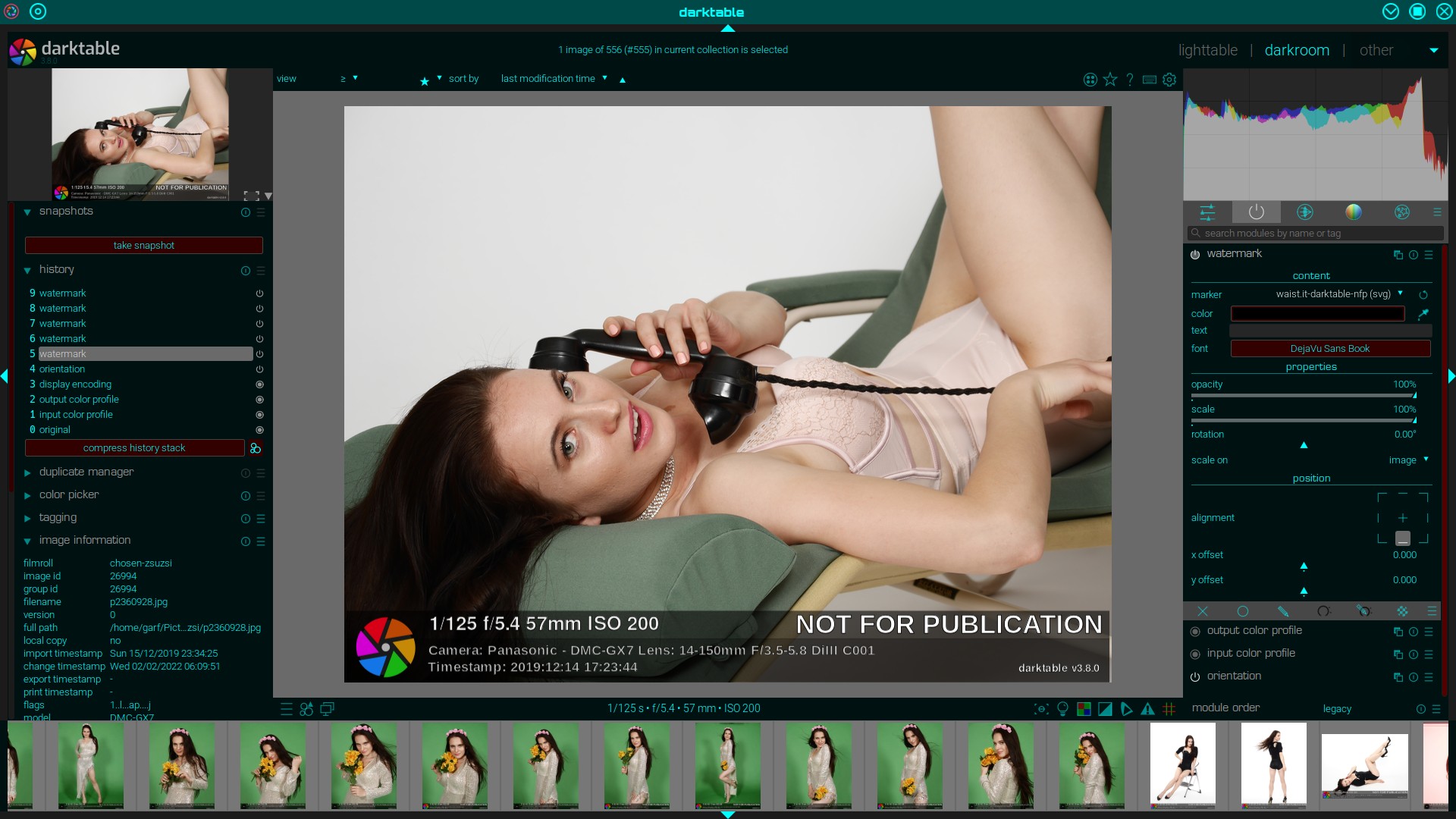
I’m running the above, together with a number of command-line imaging tools (exiftool, gmic cli, imagemagick etc.) on KDE NEON plasma desktop. This is a “rolling” KDE release, sitting atop latest stable LTS Ubuntu. I run several Linux PCs and laptops, but my current “graphics workhorse” is a Clevo N150CU – a fast, light, “Linux-friendly” laptop, supplied sans-Windows, c/w Samsung 1TB M.2 SSD & 32 GB RAM.
I’d add that IMHO, image processing using today’s free open-source software has become a very pleasant and productive computing experience. KDE Neon offers a silky-smooth look-and-feel c/w legendary GNU/Linux stability and malware-resistance.
Why use FOSS? The rent for basic Photoshop plus Lightroom is only £9 a month…
If the decision were as simple as that, then I might almost be tempted to whip out my credit card. However there are several other issues, financial, technical and ethical which have influenced my decision making in favour of FOSS. For example…
- Under Adobe’s rental arrangement, you may only run Photoshop and Lightroom on one computer at a time. I would need a further subscriptions for my wife and other family members. Moreover, I frequently have image processing running on several machines simultaneously.
- Any machine upon which you deploy Photoshop and Lightroom requires registration and authentication. Whereas FOSS applications such as GIMP, Darktable, Krita et al may be copied, distributed and installed freely, with no intrusive authentication or registration.
- Like all graphics software, Photoshop and Lightroom have dependencies. In the case of Adobe products, you have to buy or rent Microsoft Windows as well. Or worse, buy a Mac! Currently no versions of Photoshop or Lightroom are available for any GNU/Linux distribution. Whereas using FOSS, we save further money buying our hardware OS-free and installing a free GNU/Linux of our choice…
- Photoshop and Lightroom requires one to give personal and financial details to a foreign corporation, based in a foreign jurisdiction. I am very uncomfortable about that, especially when said foreign corporation has a customer privacy/security record as poor as Adobe’s:-
- From a purely personal perspective, I really, really dislike the “software rental” model. FOSS is free, no renewals to forget, no unintelligible “special offers” to wade-through. And thanks to the General Public License, it will always be free.
Image processing using FOSS, in the longer term
I have been using 100% FOSS for image manipulation since I dumped MS Windows back in 2007, following the Vista fiasco. I never regretted it for a second.
Taking all things into account, FOSS has saved me a significantly more than a few quid a month. Aside from the philosophical advantages of open source, the money I saved by refusing to swell the coffers of large American IT corporations has equipped my 25 m² photographic studio, with enough left-over to pay for a couple of cameras and to fund my collection of vintage MF lenses. 🙂
- Editor’s note : article updated 2023-01-05 to include link to DPReview’s article regarding Adobe’s latest privacy cock-up.
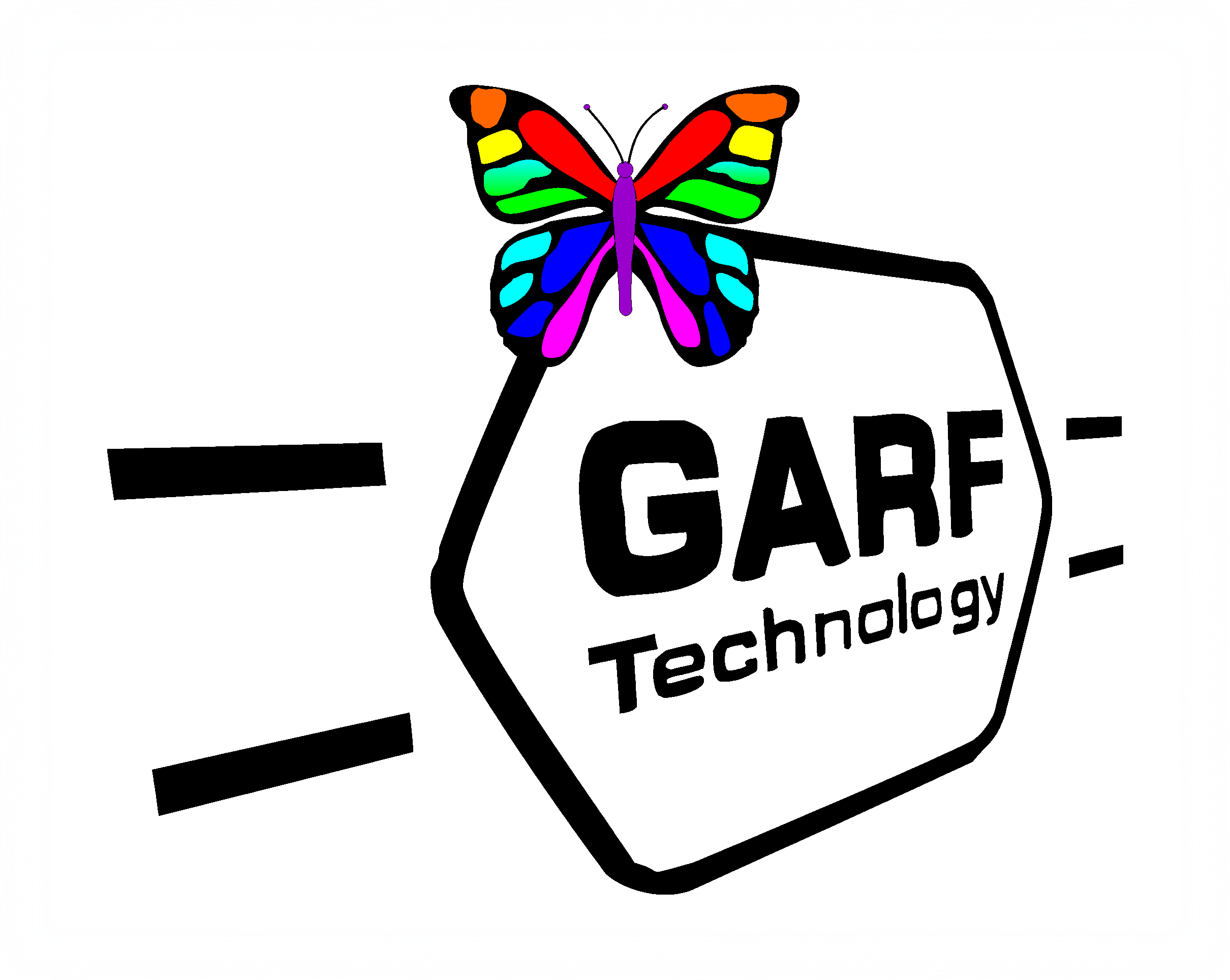
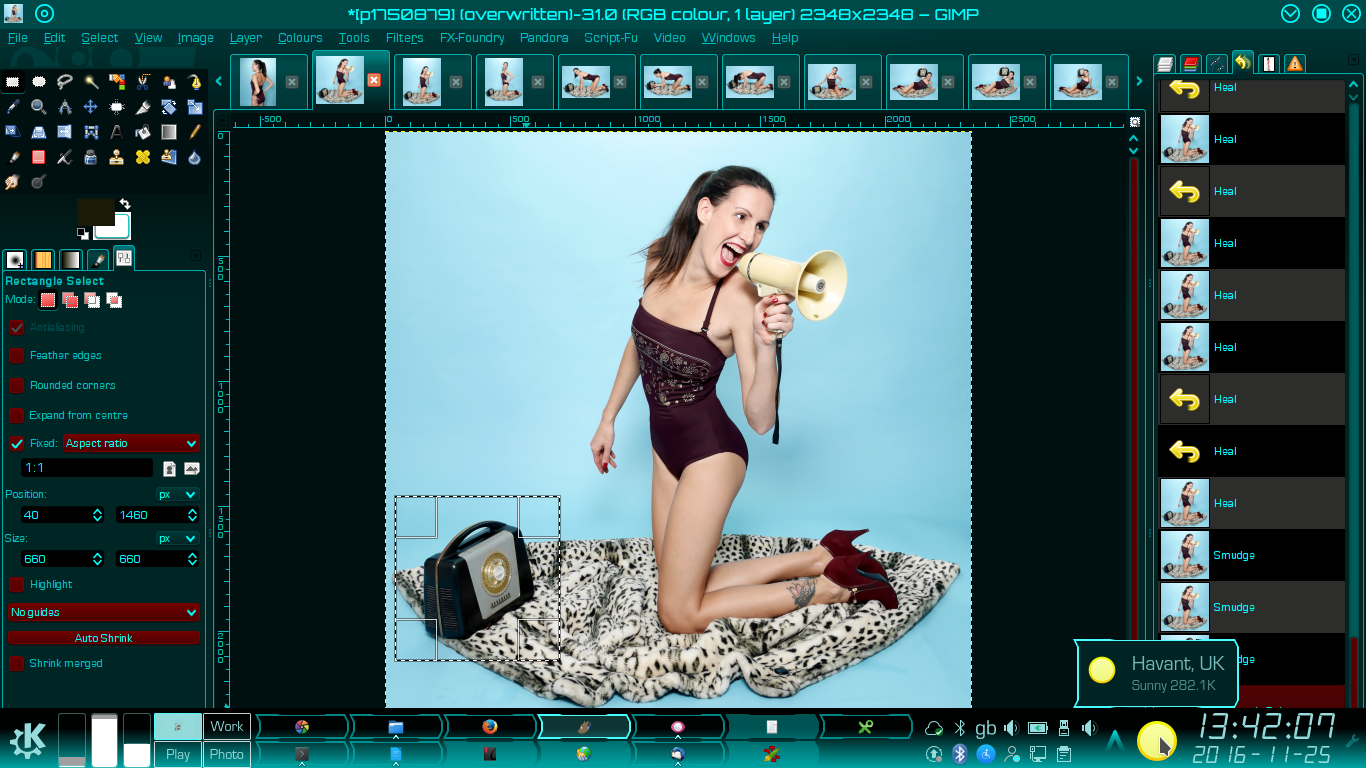
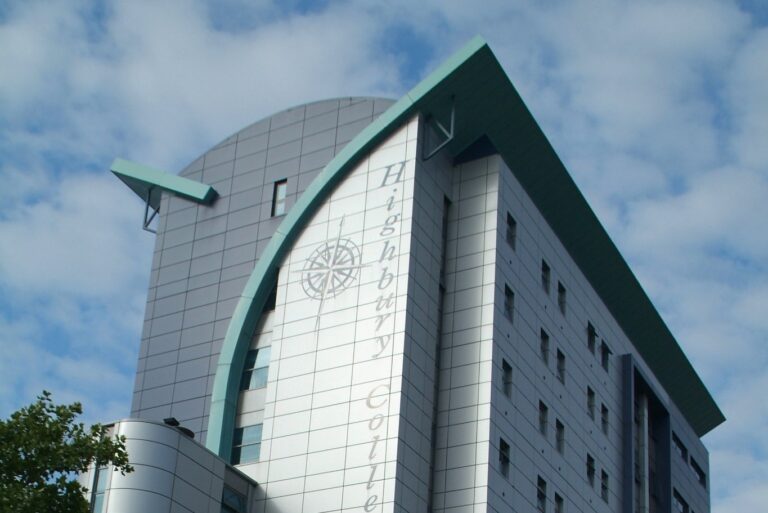

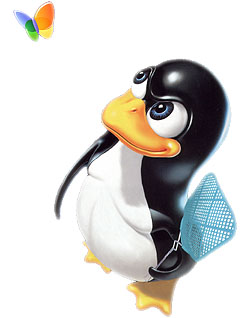
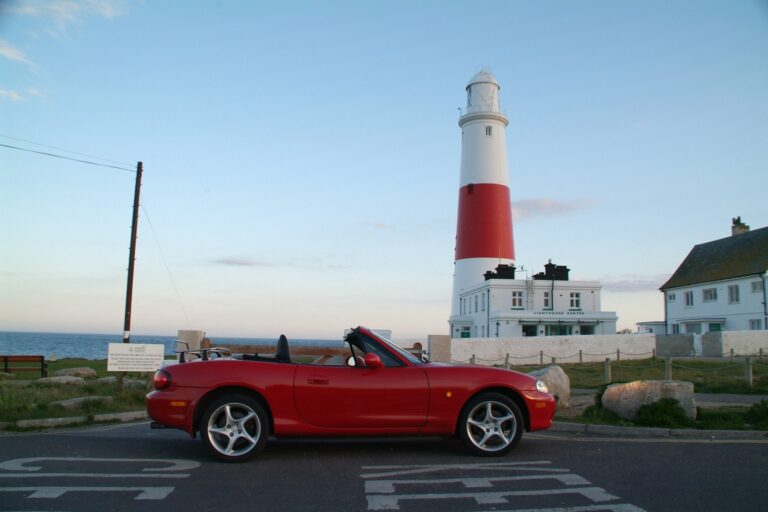
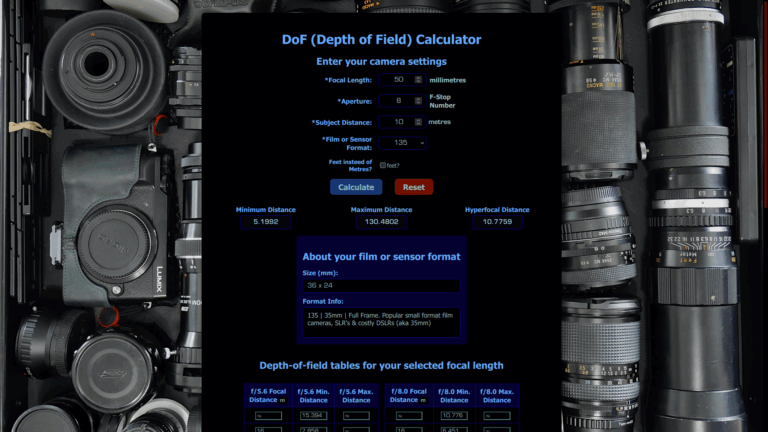

One Comment